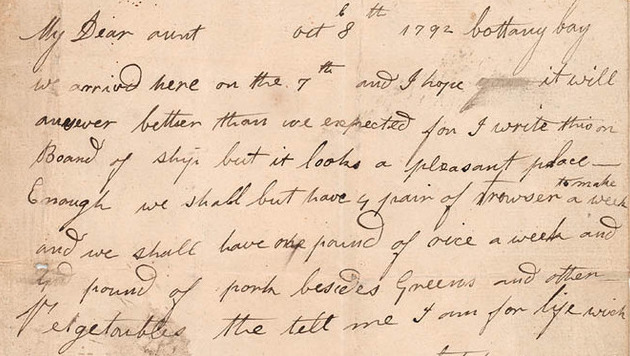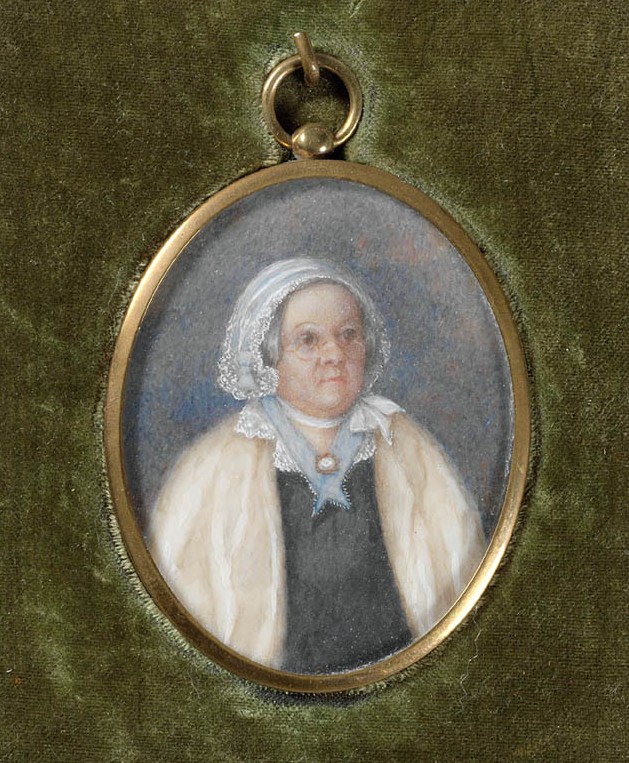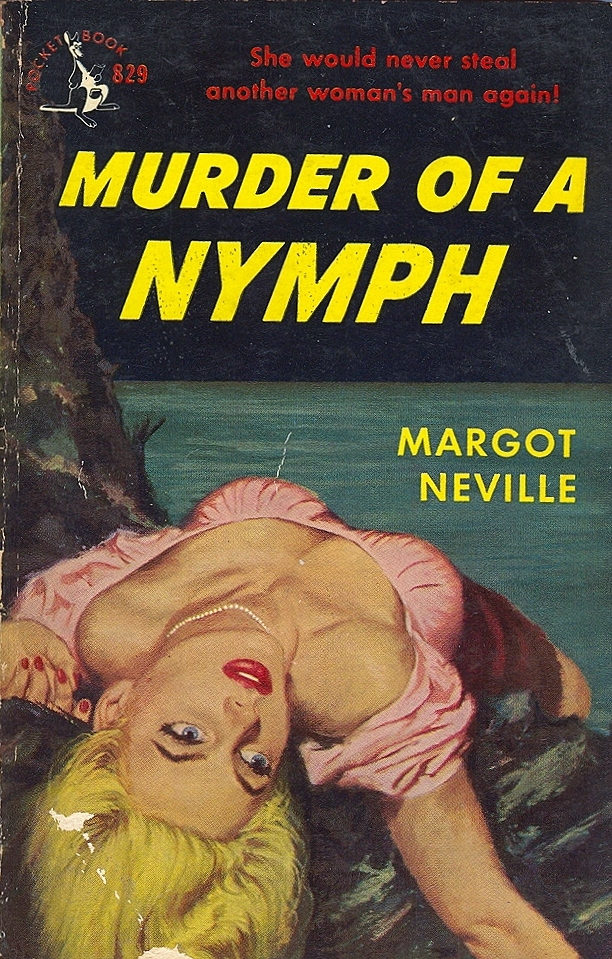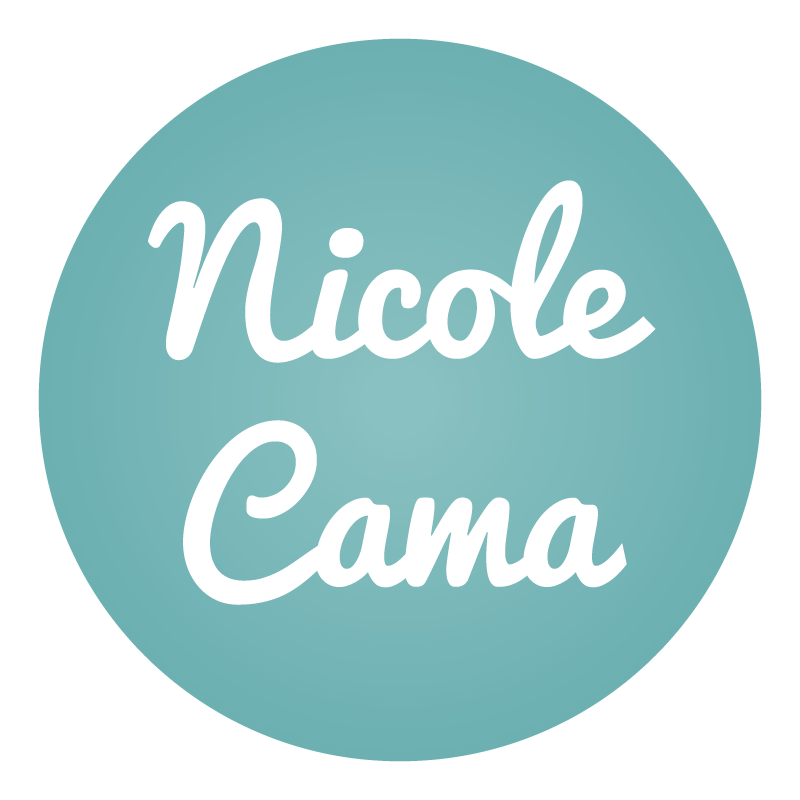
Detail from Mary Reibey letter to her aunt Penelope Hope, 8 October 1792. State Library of NSW.
Sydney Writers’ Festival is underway at the moment, with a range of interesting events centred around storytelling with the nice tagline ‘it’s thinking season’. So I thought I’d take a look at the history of the written word in our city and spoke to Mitch on 2SER Breakfast.
Elizabeth Webby, Professor of Australian Literature, notes Sydney witnessed its first writers when those that came with the First Fleet wrote back home of their journey and the new colony. Some of the officers in the fleet wrote of the various flora and fauna they saw, and the land’s indigenous inhabitants. In fact officers Watkin Tench and David Collins were competing to see who would be the first to get their accounts of the new settlement to London publishers. It turns out, Tench won that race.

Mary Reibey, c 1835. Mitchell Library, State Library of NSW.
But there were other accounts from free settlers and convicts, such as the successful businesswoman Mary Reibey, who was arrested for stealing a horse while dressed as a boy in 1791 and transported to Australia. There’s a lovely miniature portrait of her which you can find in the Dictionary, and you might just recognise her with her little round spectacles as the face which appears on our $20 note! She wrote to her aunt the day after she arrived in Sydney that she thought ‘it looks a pleasant place’.
Although a printing press had arrived in Sydney in 1788, Australia’s first newspaper, the Sydney Gazette, did not begin publication until March 1803. Poetry became a popular genre as newspapers were not illustrated at the time. And the Dictionary includes one poem, published in 1830 by an anonymous author, which I have to quote. Titled ‘The Pleasures of Sydney’ it covers some of the sights:
How little we thought,
Fifty years could have wrought,
Such a place as that darling Hyde Park.
The mid to late 19th century saw the emergence of some of Australia’s most well-known poets, including Henry Lawson, ‘Banjo’ Paterson and Victor Daley. Many of these early poets describe what sounds like a very different Sydney, Christopher Brennan described an experience on a tram down George Street in 1908, passing shops lit with ‘the electrics’ ghastly blue’. Kenneth Slessor described Kings Cross in his famous 1939 poem ‘Five Bells’:
The red globes of light, the liquor-green,
The pulsing arrow and the running fire…
You find this ugly, I find it lovely.

Murder of a Nymph cover, by Marxchivist via Flickr
Elizabeth Webby delves into the history of literature in Sydney in so much more detail over at the Dictionary of Sydney, but I thought I’d end on a high and talk about crime fiction. Did you know, Australia’s first detective fictional tale was John Lang’s Legends of Australia which was published in 1842? But another century went by before the genre took off. Two sisters who wrote under the pen name Margot Neville published 18 crime novels during the 1940 and 50s including one titled Murder of a Nymph. Its cover features an unfortunate, rather buxom, blonde under the tagline, ‘She would never steal another woman’s man again!’
Check out Webby’s original article at the Dictionary of Sydney and listen to my segment at 2SER radio. For other interesting segments, see my Dictionary of Sydney project post and visit the Dictionary of Sydney blog.

What a refreshing insight into early Australian Writers across different genres.
Thanks Julie! Hope things are well 🙂